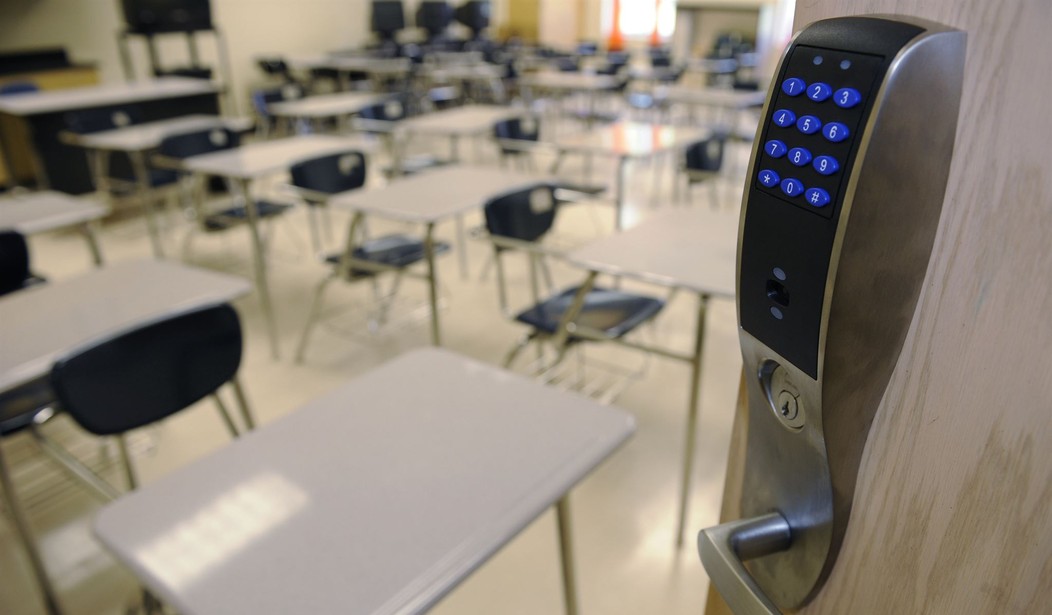October is National Bullying Prevention Month (and the Oracle named Wikipedia tells me October is also National Pit Bull Awareness Month, National Pastor Appreciation Month, and National Window Covering Safety Month, just to name a few of the more ridiculous ones.)
Although some of the other issues recognized in October are a little silly, having a month to bring awareness to America’s bullying epidemic is sorely needed. Nearly 21 percent of all U.S. students aged 12 to 18 report being bullied at school, according to the National Center for Education Statistics (NCES). Close to one-third (31 percent) of sixth grade students say they have been bullied, as well as 25 percent of seventh graders. Roughly one in five eighth, ninth, and 10th graders also report being bullied, along with 15 percent of high school juniors and seniors. Findings from the Center for Disease Control and Prevention (CDC) indicate the overall high school bullying rate is about 20 percent. A YouthTruth Student Survey revealed a third of the more than 160,000 students surveyed said they were bullied during the 2017-18 school year.
Most cases of bullying are not one-time events. In fact, bullying is the most commonly reported discipline problem in public schools. NCES noted 12 percent of all public schools report bullying occurs at least once per week, including 22 percent of middle schools, 15 percent of high schools, 8 percent of elementary schools, and 11 percent of combined schools. More than two-thirds of bullied students (67 percent) report being bullied at least once or twice during the school year. One-third of those students report being bullied much more frequently, including 19 percent who are bullied monthly, 10 percent who are bullied weekly, and 4 percent who are bullied almost daily. Less than half of those students (43 percent) say they reported the incident to an adult at school.
Recommended
CDC also notes 7 percent of high school students voluntarily report they skipped school in 2017 due to safety concerns, and NCES states another 7 percent report attempting suicide.
Parents are not clueless when it comes to this sad state of affairs. An annual survey by Phi Delta Kappa (PDK) revealed more than one-third of parents fear for their child’s safety at school. Altogether, 34 percent of parents answered they are afraid for their children while they attend school. This number rose to 48 percent for parents earning less than $50,000 per year. “Fear also tops 40% among urban parents, nonwhites, and those without college degrees,” PDK noted. “And Democrats and liberals are 20 and 16 points more likely than Republicans and conservatives to say they’re fearful for their child’s safety.”
These numbers are partly why, along with the prevalence of violence in American public schools, The Heartland Institute is proposing a solution for state legislators to implement: a Child Safety Account(CSA) program. A CSA is a type of education savings account (ESA) for parents who feel, for whatever reason, their child is unsafe at school. Moreover, a CSA would empower these parents to transfer their children immediately to the safe schools of their choice within or beyond their resident public school districts—including public district, charter, and virtual schools—as well as private and parochial schools. CSA funds could also be used to pay for homeschooling expenses.
Under Heartland’s CSA program, students would be eligible for a CSA account if their parents have a “reasonable apprehension” for their children’s physical or emotional safety based on the experiences of their children, including bullying, hazing, or harassment. Parents would no longer have to wait years until their child’s school meets the current definition of a “persistently dangerous” school (only around 50 in total nationwide) or, worse, until their child becomes the victim of some form of violent crime.
As things currently stand, the district public school model effectively allows only wealthier families to transfer their children to safer schools when they feel it is imperative. The freedom afforded to those families should be afforded to all families. Every child deserves to have the resources available to allow them to escape an unsafe school environment. During National Bullying Prevention Month 2018, help bullied children by spreading the word about Child Safety Accounts.

























Join the conversation as a VIP Member